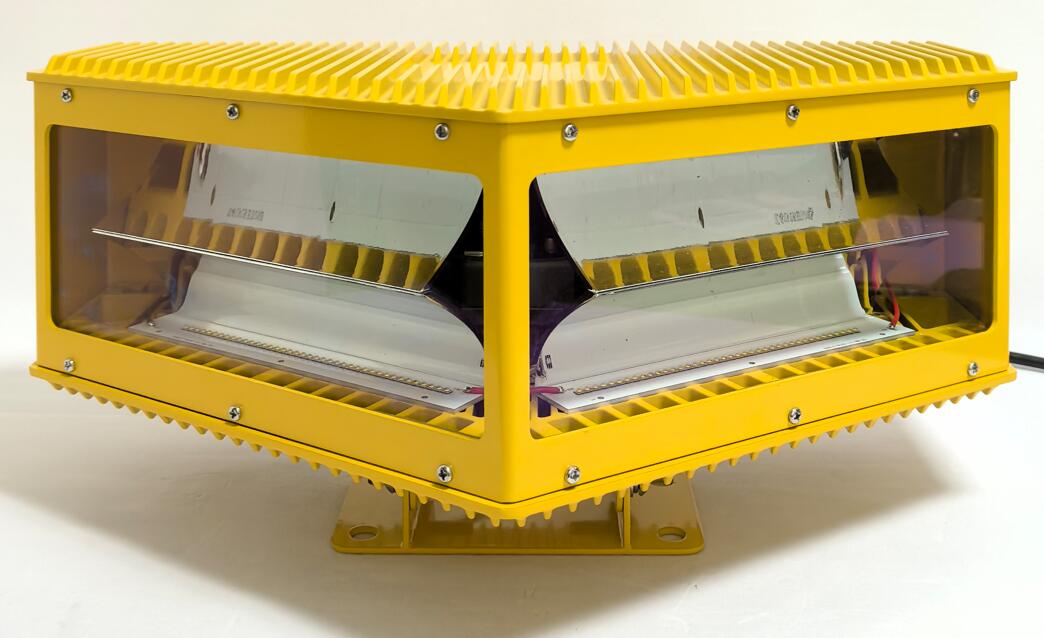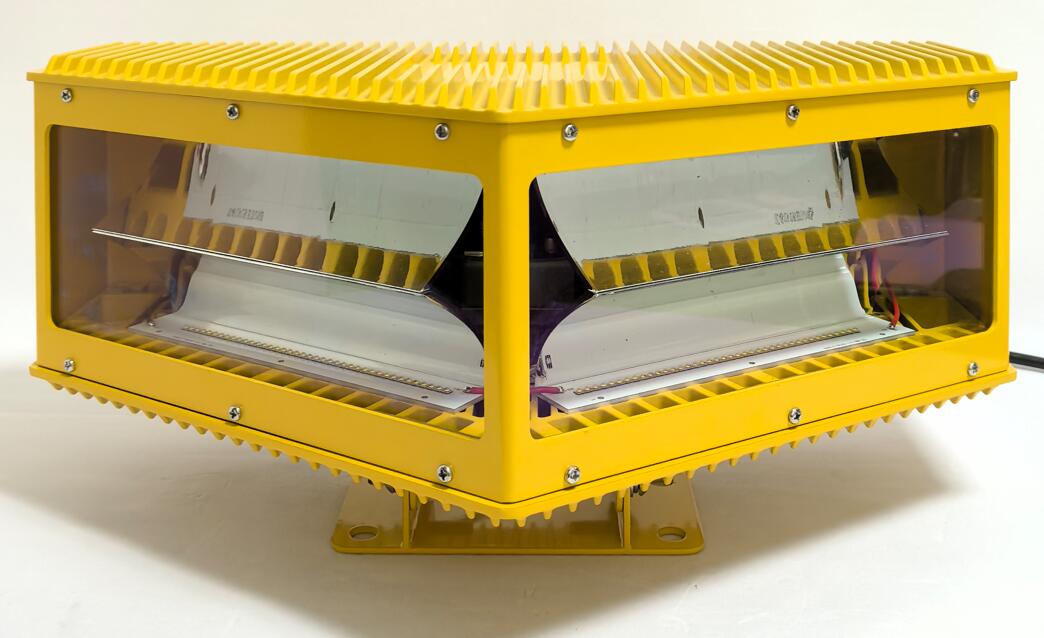LED Obstruction Lights: The Modern Standard for Aviation Safety
As global air traffic increases and urban structures grow taller, reliable obstruction lighting has become more critical than ever. LED obstruction lights have emerged as the superior solution, offering unmatched visibility, energy efficiency, and durability compared to traditional lighting systems. This article explores the technical advantages, regulatory requirements, and best practices for implementing LED obstruction lights in various applications.
1. The Evolution of Obstruction Lighting
Traditional incandescent and halogen obstruction lights are being rapidly replaced by LED technology due to:
Energy efficiency (up to 80% less power consumption)

Extended lifespan (50,000-100,000 hours vs. 5,000-10,000 hours)
Superior visibility (higher intensity with precise beam control)
Reduced maintenance (fewer bulb replacements)
| led obstruction light |
2. Key Advantages of LED Obstruction Lights
a. Operational Efficiency
Instant on/off capability with no warm-up time
Consistent light output throughout lifespan
Minimal lumen depreciation over time
b. Environmental Resilience
Wider operating temperature range (-40°C to +70°C)
Resistance to vibration and impact
| led obstruction lights |
Waterproof and corrosion-resistant designs (IP65/IP67 rated)
c. Smart Features
Built-in light sensors for automatic dusk-to-dawn operation
Remote monitoring and control capabilities
Predictive maintenance alerts
3. Regulatory Compliance Standards
LED obstruction lights must meet strict international aviation requirements:
a. ICAO Annex 14 Compliance
Light intensity classifications (L-810, L-864, L-885)
Flash patterns and color specifications
Vertical and horizontal coverage requirements
b. FAA AC 150/5345-43J Standards
Photometric performance criteria
Environmental testing protocols
Power supply specifications
c. Regional Variations
EASA (Europe), SACAA (South Africa), CASA (Australia) adaptations
Local building code integrations
4. Application-Specific Solutions
a. High-Rise Buildings
Dual lighting systems (red/white)
Architectural integration considerations
Glare reduction techniques
b. Telecommunications Towers
Synchronized flashing systems
Multiple light level configurations
Lightning protection integration
c. Wind Turbines
Specialized mounting solutions
Ice-resistant designs
Radar-friendly options
d. Temporary Structures
Portable battery/Solar-powered units
Rapid deployment systems
Modular designs
5. Installation Best Practices
a. Site Assessment
Obstacle height evaluation
Airspace classification review
Local weather pattern analysis
b. System Design
Proper spacing and positioning
Backup power requirements
Future expansion planning
c. Maintenance Protocols
Regular photometric testing
Cleaning schedules
Component inspection checklists
6. Emerging Technologies
The future of LED obstruction lighting includes:
Li-Fi enabled systems for data transmission
AI-powered predictive maintenance
Self-diagnosing smart modules
Nanotechnology-enhanced lenses
7. Cost-Benefit Analysis
While focusing on technical specifications rather than pricing, it's important to note that:
Energy savings typically offset initial investment within 2-3 years
Reduced maintenance requirements lower long-term operational costs
Extended lifespan minimizes replacement frequency
LED obstruction lights represent the gold standard in aviation safety lighting, combining regulatory compliance with cutting-edge technology. Their superior performance characteristics make them indispensable for modern infrastructure projects worldwide. As urban landscapes continue to evolve and airspace becomes increasingly crowded, the adoption of advanced LED obstruction lighting systems will play a pivotal role in maintaining aviation safety standards.

By implementing these systems with proper planning and maintenance, stakeholders can ensure reliable operation while contributing to sustainable development goals through reduced energy consumption and minimized environmental impact. The ongoing technological advancements in this field promise even greater capabilities in the years to come, further enhancing their value proposition for aviation safety applications.
